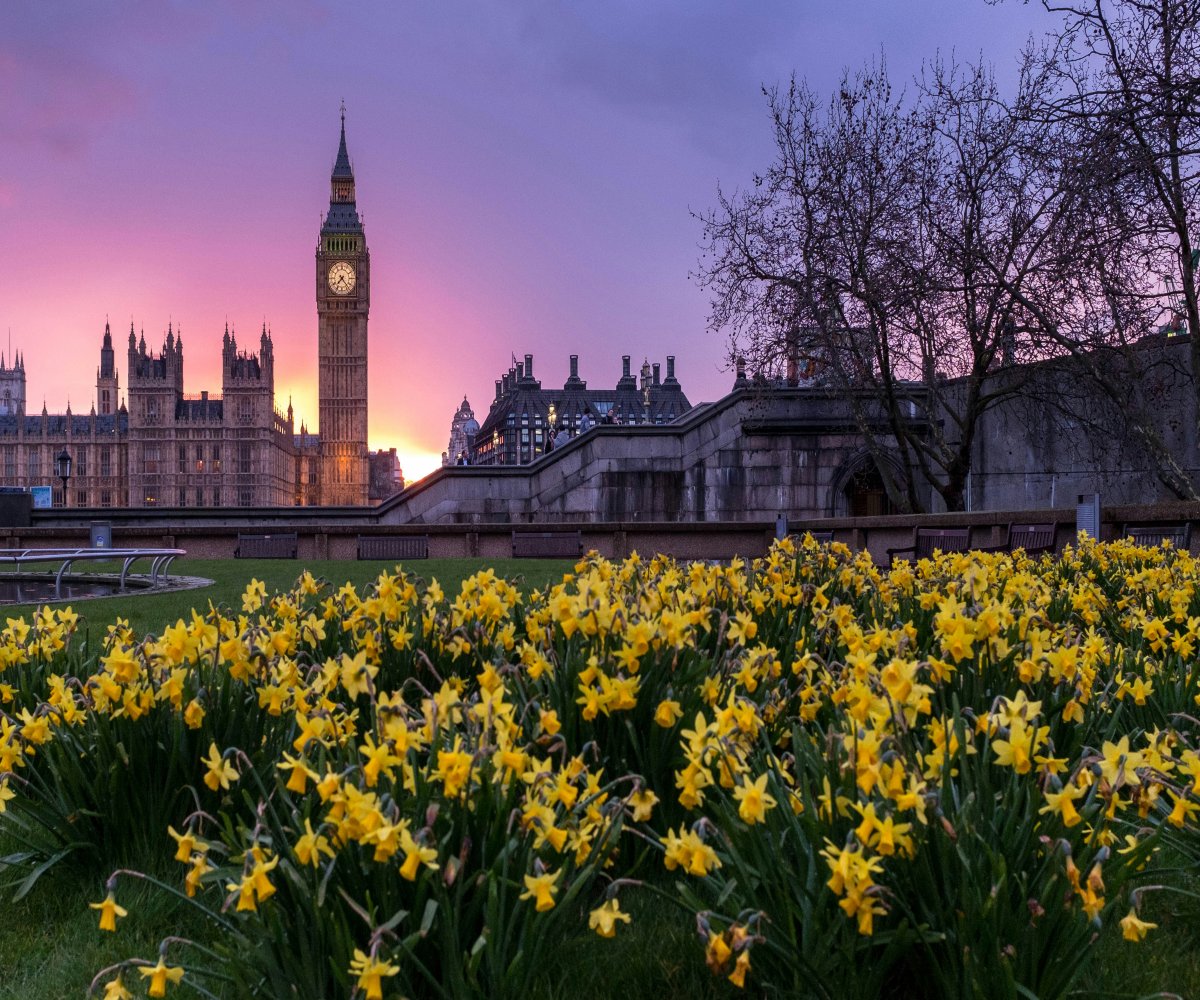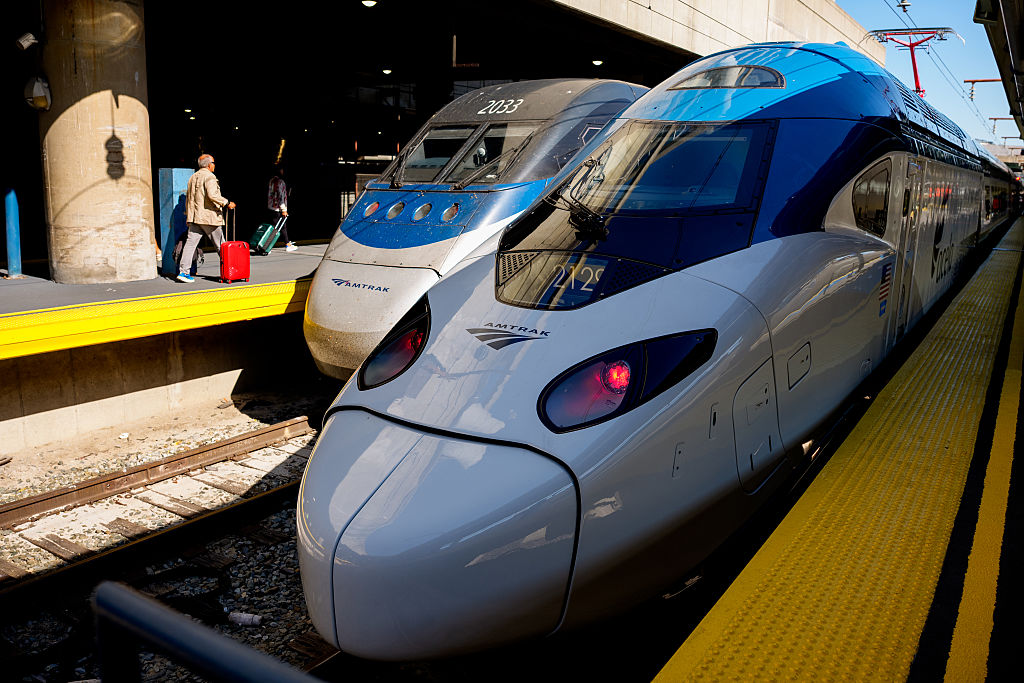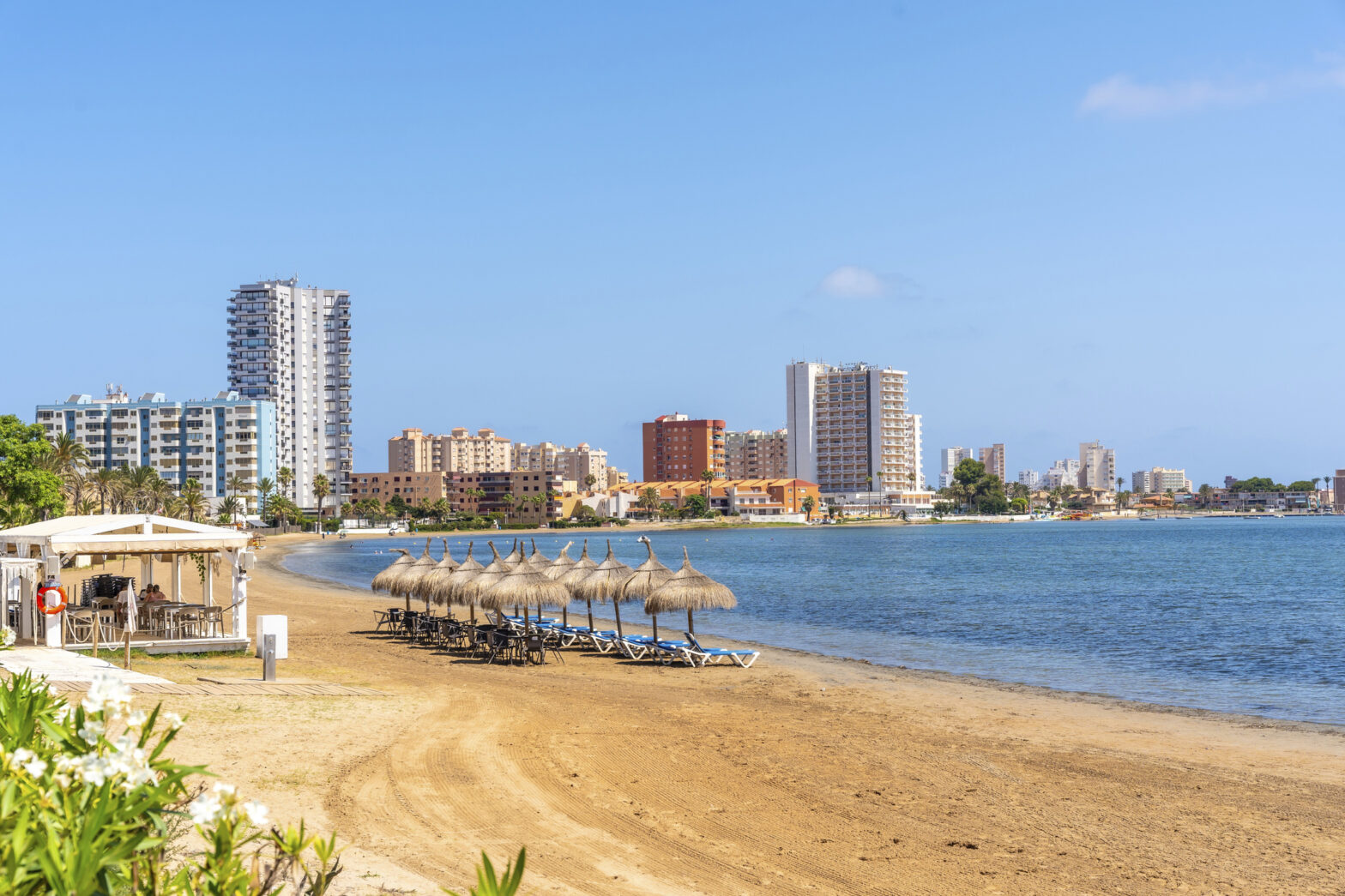Shoulder season represents that sweet spot between peak tourist crowds and complete off-season lulls. It offers savvy travelers the perfect mix of affordability and experience. This golden window typically falls during early spring, before summer tourism explodes, or mid-fall, after school starts. During this time, destinations still boast pleasant weather but without the overwhelming crowds or premium prices. Travel experts increasingly recommend this strategic timing as the key to maximizing vacation value without sacrificing experience quality.
The exact timing varies by location. Beach destinations might consider early June or September their shoulder period, while ski resorts experience lighter crowds just after the New Year rush.
According to Skyscanner’s 2025 Smarter Summer Report, this approach is gaining traction, with one-third of Americans now planning off-peak trips, particularly among younger travelers seeking authentic experiences without incurring significant costs. The trend continues to grow as more travelers discover that flexibility with dates often translates directly to more memorable experiences and significant cost savings.
Shoulder Season Provides Lower Prices And Easier Access To Popular Attractions
Shoulder season delivers substantial savings that extend well beyond just airfare. According to NerdWallet’s analysis of nearly 600 U.S. airfares, flights during Christmas week cost approximately 57% more than flights during late August, a classic shoulder period. The savings also extend to accommodations, car rentals, and attractions. Theme parks like Walt Disney World adjust their pricing seasonally, with tickets costing approximately 33% less in September than in December.
Additionally, restaurants become more accessible, tours less crowded, and special offers more abundant during these transitional periods. This allows your travel budget to stretch much further without compromising quality. Moreover, traveling during shoulder season means saying goodbye to endless queues and reservation disappointments. When tourist demand naturally drops, you gain easier access to coveted dining reservations at trendy restaurants, preferred hotel rooms with better views, and popular attractions without fighting through crowds.
Airlines typically fly with more open seats, hotel staff can provide more personalized service, and local guides have greater availability. This accessibility translates to a more relaxed and enjoyable travel experience, where spontaneity becomes possible again, allowing you to focus on creating memories rather than managing logistics.
Avoid Seasonal Closures While Enjoying Smaller Crowds And Better Weather
Shoulder season also strikes the perfect balance between availability and crowd size. Unlike the deep off-season, when many attractions close entirely, the shoulder season typically maintains most services while reducing visitor numbers. The weather during the shoulder season also often provides the most comfortable travel conditions.
Shoulder season visitors enjoy milder temperatures, making exploration more pleasant without the extreme weather that sometimes characterizes peak periods. Mountain destinations become accessible without requiring heavy winter gear, and coastal areas maintain warm enough conditions for enjoyment without the sweltering heat of high summer. This meteorological middle ground creates ideal conditions for actually enjoying your destination rather than simply enduring its climate extremes.





